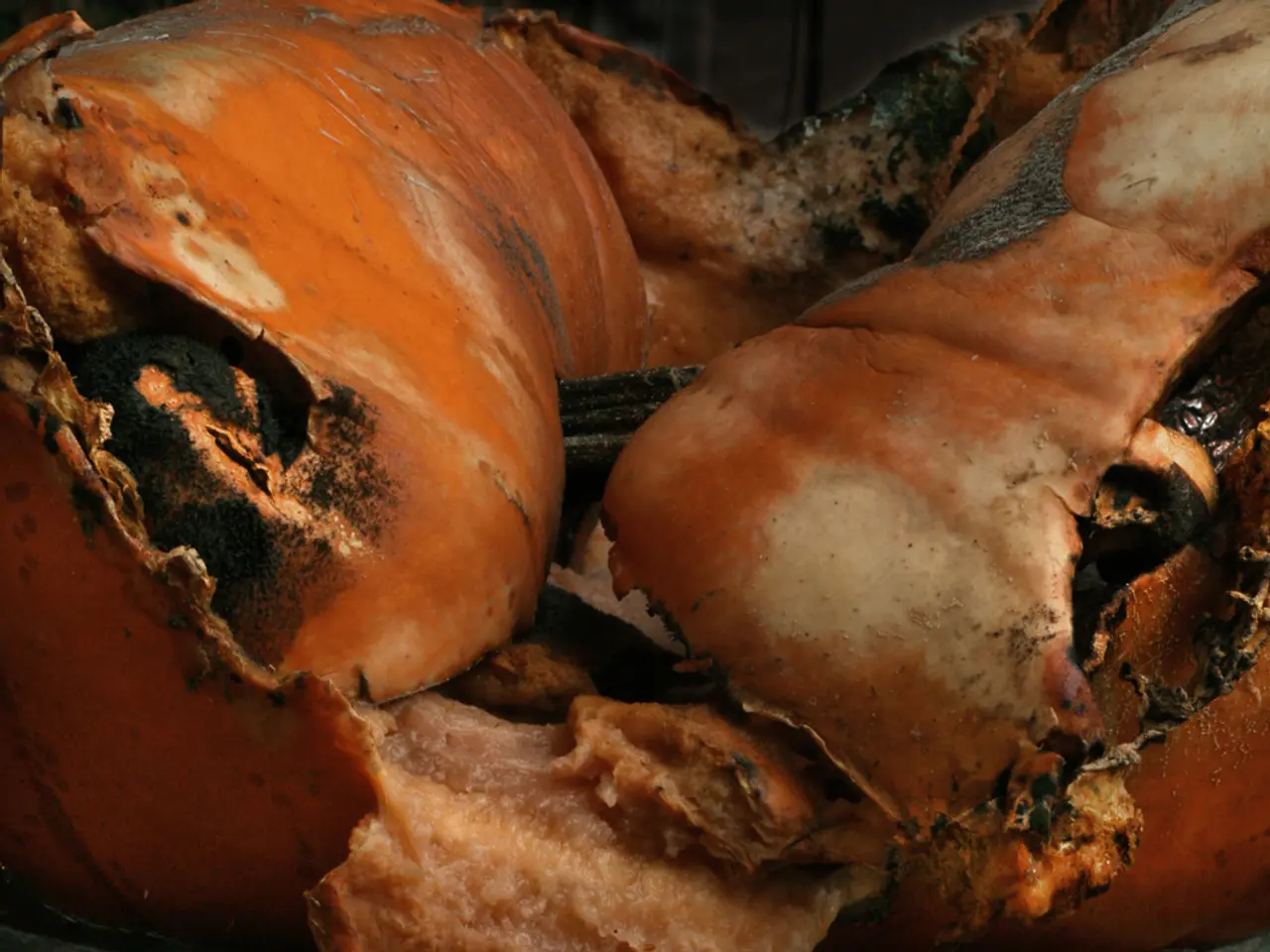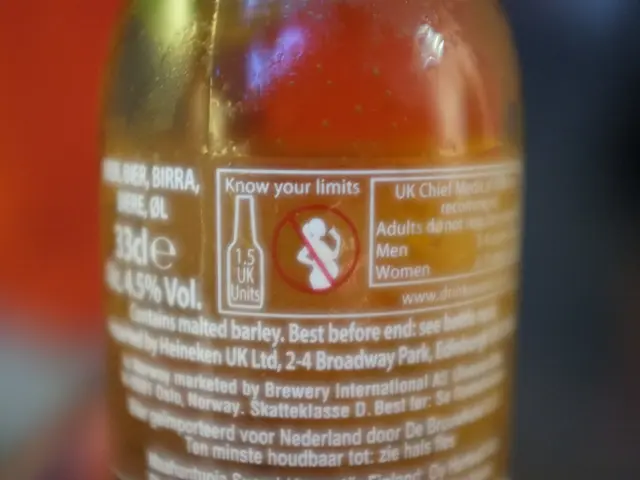Duration of Freezing Meat: Best Methods and Standards
In the kitchen, freezing meat is a convenient way to ensure you have ingredients on hand for your favourite dishes, even when fresh produce may not be readily available. However, it's essential to follow best practices to ensure the safety and quality of your frozen meats.
Freezer Temperature and Storage Guidelines
Maintaining a consistent freezer temperature is crucial for safe storage and slow bacterial growth. Aim for a temperature of 0°F (-18°C) or below. Use airtight packaging such as vacuum-sealed bags or tightly sealed freezer bags to minimize air exposure and reduce ice crystal formation that degrades meat quality. Minimize opening the freezer frequently and avoid overcrowding to prevent temperature changes, which can reduce meat quality and longevity.
Properly frozen beef can maintain quality for up to one year, sometimes two, if freezing conditions are stable. Without ideal packaging or frequent temperature changes, quality begins to degrade after about six months. Fresh meats generally can be safely frozen for several months (3–12 months), while cooked meats commonly last about 2–6 months in the freezer before quality declines significantly.
Thawing Methods
The safest method for thawing meat is in the refrigerator, which keeps it at safe temperatures (below 40°F/4°C), preserving texture and reducing bacterial risk. Plan ahead, as large cuts may require multiple days. For faster thawing, submerge meat sealed in a plastic bag under cold running water or change water every 30 minutes to keep it cold. Meat must be cooked immediately after thawing this way. Use the defrost setting if cooking immediately after in a microwave, but be aware that microwaving can warm portions unevenly, so cooking immediately is necessary to eliminate bacteria.
Storage Times for Cooked Meats
Cooked meats generally have shorter freezer life, about 2 to 6 months depending on type and packaging. Always reheat cooked meats thoroughly to an internal temperature of at least 165°F (74°C) to ensure safety.
Additional Best Practices
Use appliance thermometers in freezers and refrigerators to verify and maintain correct temperatures. Once thawed, do not refreeze meat unless cooked first, to avoid quality loss and bacterial risks. Group foods together during power outages to retain cold and keep doors closed to prevent temperature rises and spoilage.
In summary, maintaining a freezer temperature of 0°F, packaging meat airtight to prevent freezer burn, thawing slowly in the fridge when possible, and adhering to safe storage durations (up to 1 year for frozen beef, shorter for cooked meats) are key to ensuring the safety and quality of your frozen meats. Always cook thawed meat promptly to safe temperatures for optimal safety and quality.
Some specific storage times for various meats include:
- Hot dogs, smoked fish, raw sausage, and ham can be frozen for 1-2 months.
- Corned beef (drained) can be frozen for 1 month.
- Whole raw poultry, such as chicken or turkey, can be frozen for 12 months.
- Raw ground turkey, veal, pork, or lamb can be frozen for 3-4 months.
- Canned fish (out of the can) can be frozen for 2 months.
- Fresh shellfish and squid can be frozen for 3-6 months.
- Gravy, meat broth, and stews containing meat can be frozen for 2-3 months.
- Lunch meats can be frozen for 1-2 months.
Roasts, steak, fatty fish, lean fish, cooked fish, bacon, giblets, parts of raw poultry, smoked sausage products, meat leftovers from beef, veal, lamb, and pork, and other cuts such as liver, tongue, and chitterlings can all be frozen within the specified time frames mentioned above.
Freezing meat at 0°F (-18°C) can technically preserve it indefinitely, but the quality may drop over time. Always follow best practices for thawing, cooking, and storage to ensure the safest and most enjoyable meals.
- Maintaining a freezer temperature of 0°F (-18°C) helps ensure food safety, slows bacterial growth, and preserves meat quality for a longer period.
- Using airtight packaging methods, such as vacuum-sealed bags or tightly sealed freezer bags, can help maintain the quality of frozen meats for a longer duration.
- Thawing meat in the refrigerator at a temperature below 40°F (4°C) is the safest method, preserving texture and reducing bacterial risk, though it may take multiple days for large cuts.
- Overlooking best practices in freezing, thawing, and cooking can lead to food-related health issues like depression and obesity, which are often linked to an unhealthy lifestyle and poor food-and-drink choices.
- If frozen under ideal conditions, beef can maintain quality for up to one year, while cooked meats typically have a shorter shelf life of around 2 to 6 months.
- Proper food safety practices, including aq (asking questions about food safety and storage), are essential components of health-and-wellness and predictive lifestyle practices related to cooking and food-and-drink choices.




